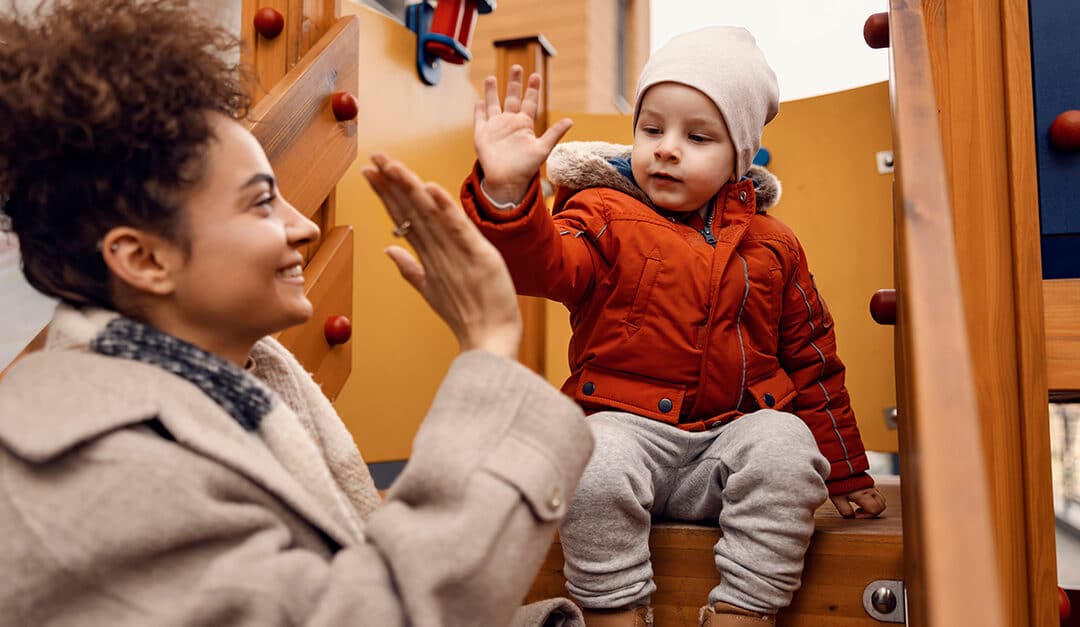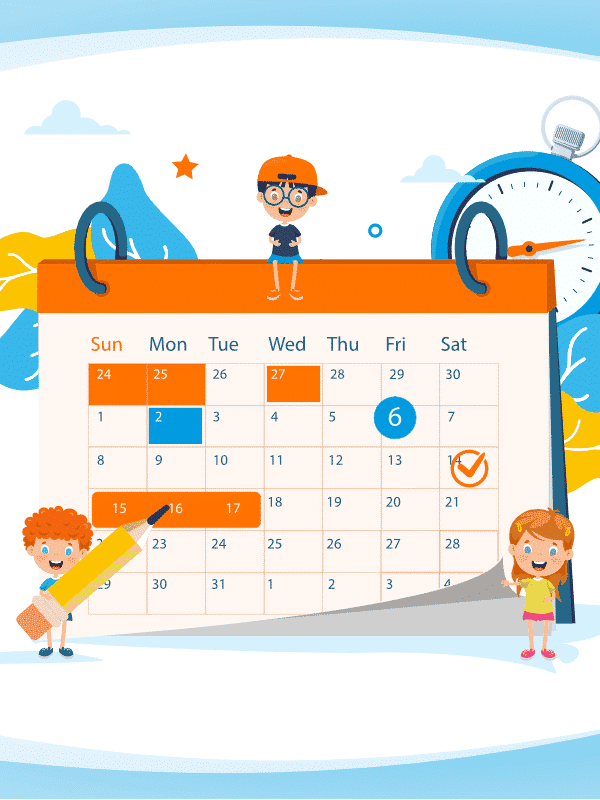As a language expert, founder of TruFluency Kids Spanish immersion school, and a mom to a young daughter, I get a lot of questions from parents who want to help their kids become fluent in a second language. Those parents are often curious about my “hacks” for teaching my daughter, Isa, Spanish.
Actually, though, I’m not teaching her Spanish — just like you’re not teaching your kids English. Instead, I’m ensuring that Spanish is like a native language to her by helping her simply live life in Spanish.
AND we’re doing the same thing with French. I want Isa to grow up with two minority languages. “Minority” doesn’t mean that she speaks these languages any less than she does English (the majority language where we live). It simply means that Spanish and French are not spoken broadly in our culture and our community.
Kids in the U.S. are not typically raised with so many languages. So how are we doing it? That’s where those hacks come in. Check them out and think about which strategies you can use in your own kids’ language-learning journey.
1. I hired a Spanish-speaking nanny.
Here’s one thing I’ve learned as a language teacher. If it’s possible to use the majority (dominant) language in a situation, your kid will switch to it. For example, let’s say you speak Spanish and English fluently. You use Spanish at home, and your kid takes Spanish classes at school.
But when you speak to them in Spanish, they respond in English. This is the language they hear the most at school and in our culture, so it feels easier to them. And they know you speak English and will understand them.
You’re tired after a long day, and you don’t feel like nagging them to respond in English. Which is understandable! To get around this pitfall, I hired a nanny who speaks Spanish, but does not speak English. So Isa’s only option for interacting with her nanny is speaking Spanish.
2. I provide lots of time with her minority languages.
The largest impact you can have on your child’s fluency is giving them plenty of real-life experience with their target language. I wanted to make sure that Isa’s minority languages were about 90% of her life.
So the nanny is 9 to 5 in Spanish, and everything else with me is in French. She hears English (more than I would like, actually) when we visit friends and family.
3. We immerse ourselves in a different language and culture.
Each year, Isa and I go to France for a month and live with friends. The “with friends” part is essential here. If we stayed in a hotel or an Airbnb, it would be just the two of us living our daily lives and speaking French together — which we can do at home.
Instead, staying with friends allows us to live our daily lives in French and for Isa to have valuable interactions with native French speakers. While I use French exclusively with Isa, I’m not a native speaker, which means I just can’t give her the same experience with the language that my friends do.
Give Your Child the Gift of Spanish!
4. I’m looking at camps with native French speakers.
Next summer, Isa will be 4, and, hopefully, going to camp in Montreal, where more than 70% of people speak French as their first language. Yes, I know there are language camps closer to home here in the U.S.
But most of the kids at these camps will be native English speakers, which means that Isa would only get French experience when talking to the teacher. By contrast, a summer camp in Montreal will give her plenty of time to practice French with kids who are native speakers.
5. We fill our home with stories in French and Spanish.
The books I read with Isa are in French; the books she reads with her nanny are in Spanish. (We don’t ignore English books. But we do limit them to Grandma’s house.) Beyond what I read with Isa, I also pay careful attention to how I read it:
- I ask her a lot of questions along the way.
- I give her simple synonyms for the words or phrases that are new to her.
- I will often use a hand motion or facial expression with a new word to help her remember it.
- I point out illustrations that will help her understand the word or connect an image to an action.
- After she learns a word during our reading time, I’ll try to use it when we’re talking throughout the following week.
- I repeat the same books for a while, take a break from them, and then bring them back. This strengthens her recall.
We’re also big fans of Yoto and Tonie box, two kid-friendly audio players. My daughter loves listening to them on car rides, during breakfast and while we’re cooking dinner.
After she listens, I will engage her and ask her questions about the story, which enhances her language learning. (Bonus: They give me a break from talking all the time, while still giving her exposure to the French language.)
Give Your Kids Extra Support with Spanish
I hope at least one of these ideas will work for your family as well! If your kids are learning to speak Spanish, I have one more hack for you: Sign them up for our classes at TruFluency Kids. We’re an online Spanish immersion school truly committed to helping your kids achieve Spanish fluency.
We know that children learn best while having fun. That’s why our teachers are native Spanish speakers who fill classes with activities like singing, crafts, games, stories and cooking.
We also emphasize speaking Spanish in every lesson, which gives kids the all-important conversational practice they need to achieve Spanish fluency. Sign your kids up for a 30-minute trial class now! It feels super personalized, because there are no more than six students per trial.
After the class, join a parent Q & A to learn more.


